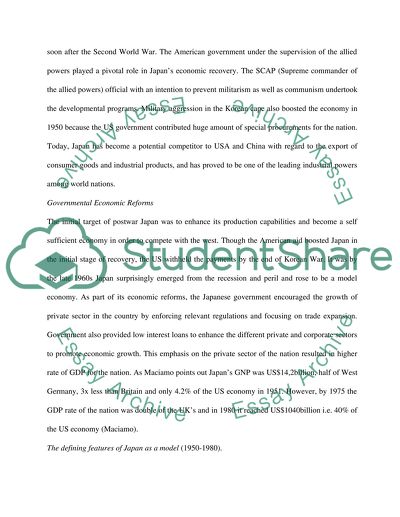Cite this document
(Japans Postwar Economic Development Coursework Example | Topics and Well Written Essays - 2000 words, n.d.)
Japans Postwar Economic Development Coursework Example | Topics and Well Written Essays - 2000 words. Retrieved from https://studentshare.org/macro-microeconomics/1552386-japans-postwar-economic-development
Japans Postwar Economic Development Coursework Example | Topics and Well Written Essays - 2000 words. Retrieved from https://studentshare.org/macro-microeconomics/1552386-japans-postwar-economic-development
(Japans Postwar Economic Development Coursework Example | Topics and Well Written Essays - 2000 Words)
Japans Postwar Economic Development Coursework Example | Topics and Well Written Essays - 2000 Words. https://studentshare.org/macro-microeconomics/1552386-japans-postwar-economic-development.
Japans Postwar Economic Development Coursework Example | Topics and Well Written Essays - 2000 Words. https://studentshare.org/macro-microeconomics/1552386-japans-postwar-economic-development.
“Japans Postwar Economic Development Coursework Example | Topics and Well Written Essays - 2000 Words”. https://studentshare.org/macro-microeconomics/1552386-japans-postwar-economic-development.


